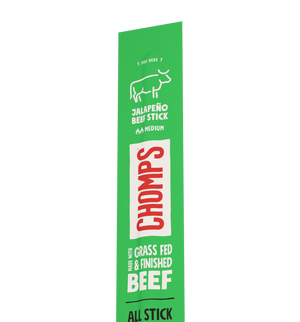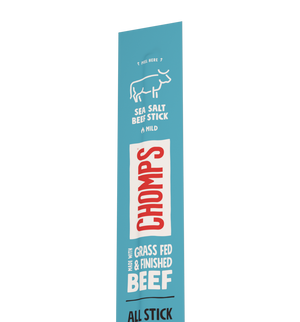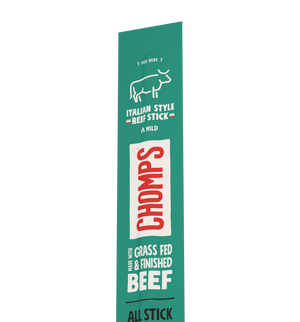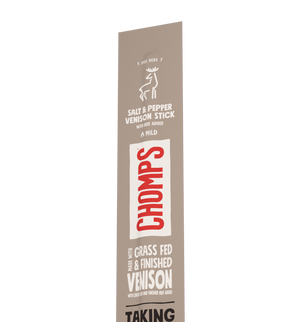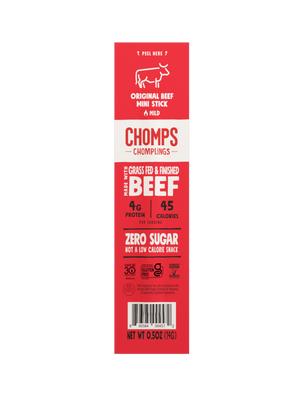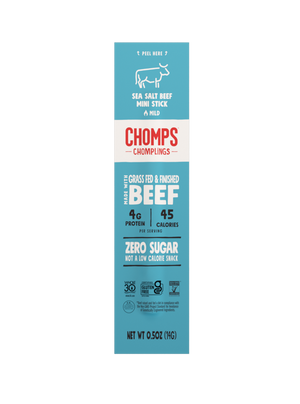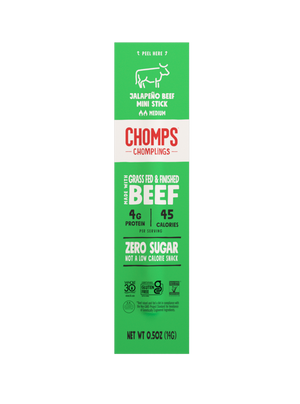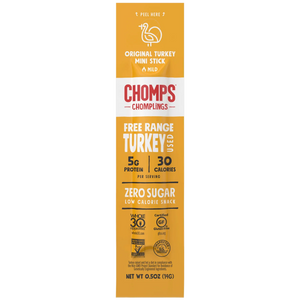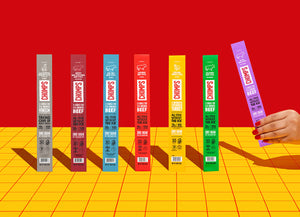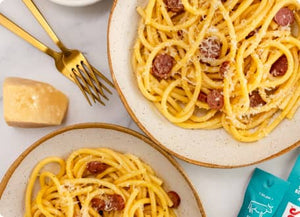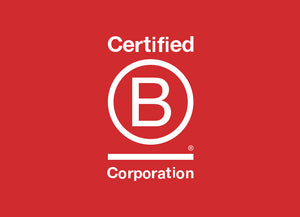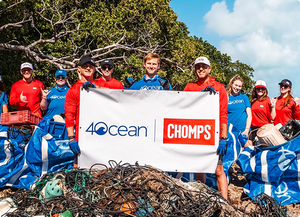The Volumetrics Diet is based on the volume and density of food intended to help improve health through satiety. Here’s what it entails, including the pros and cons, and tips for applying it to your lifestyle.

What is the Volumetrics Diet?
The Volumetrics Diet is a weight-loss diet plan based on the idea of fullness, instead of deprivation of foods. It was created by Dr. Barbara Rolls, a nutrition science professor and researcher at Pennsylvania State University.
Volume-based eating allows you to eat larger quantities of food without overconsuming calories by choosing foods with low caloric density and/or high water content.
Caloric density is a number calculated by dividing the number of calories in a food by its weight or volume. For example, an apple that is 52 calories and weighs 100 g would have a caloric density of 0.52 (52/100 = 0.52).
Multiple studies show a significant association between eating foods with low-calorie density and weight loss in obese adults.
People who change their diets to focus on foods with low caloric density may also improve the quality of their overall diet, especially if they previously had a diet low in fruits and vegetables.
What to Eat on the Volumetrics Diet?
Foods are placed into 4 main categories on the Volumetrics diet, based on their caloric density.
Category 1: Very-low-density foods (providing <0.6 calories/gram)
Fruits, non-starchy vegetables, unsweetened beverages (like water, coffee, and tea), non-fat milk, and broth-based soups fall under this category.
Category 2: Low-density foods (providing 0.6-1.5 calories/gram)
Beans and legumes, starchy vegetables, whole grains, low-fat mixed dishes, and lean proteins fall under this category.
Category 3: Medium-density foods (providing 1.6- 3.9 calories/gram)
Refined carbohydrates, meat, pretzels, pizza, and full-fat dairy are considered medium-density foods. The CHOMPS collection of protein sticks also fits into this category.
Category 4: High-density foods (providing 4 – 9 calories/gram)
Crackers, cookies, chips, fast foods, oils, nuts, and seeds are in this category.
Followers of the Volumetrics diet should prioritize choosing mostly foods from Categories 1 and 2, but there is the flexibility that allows you to eat from each category. On the Volumetrics diet, there are no “off limits” foods – you only need to modify how often you eat certain calorically-dense foods.
There are also no skipping meals in this diet – you can have three meals, two snacks, and a dessert daily.
Drawbacks to Volumetrics Diet
A diet based on foods that are nutrient dense is in line with most dietary recommendations, but there are some downsides to the Volumetrics Diet.
The most noticeable drawback is that the categories are based solely on caloric density. This means that the diet downgrades nutrient-dense foods that happen to be calorie dense.
For example, foods like nuts, seeds, avocados, and other sources of healthy fats are considered foods to be eaten sparingly based on their caloric density. This could cause some to unnecessarily limit their intake of healthy fats, which is needed for a properly functioning body.
This diet can also be time-intensive, depending on how closely you follow it. While certain whole foods may be easy to categorize, it can take extra time to determine the density of mixed foods and meals.
Tips to Help Make It Work
The Volumetrics Diet is all about flexibility, which can make this diet more sustainable than some other popular diets.
Here are some simple strategies you can use to make the Volumetrics Diet work for you:
- Control the caloric density of your meals by preparing your meals at home – it eliminates hidden fats and sugars
- Utilize Volumetric Diet books, measuring tools (like scales and measuring cups), and food tracking apps to determine the portions and caloric density of foods
- Make half of your plate fruits and vegetables
- Start your main meal with a salad or broth-based soup
- Include protein, fiber, and low-calorie beverages with meals
- Support your dietary changes with other healthy lifestyle behaviors for weight loss, like physical activity
Bottom Line
The Volumetrics Diet is one of many healthy diet plans that you can choose from. If you like the idea of being able to fill your plate without an overload of calories, this diet may be for you. No matter what dietary pattern you choose, including nutrient-dense foods is key to being healthy.
CHOMPS meat sticks are a perfect snack packed with protein to include while following a Volumetrics Diet or any other healthy lifestyle.


